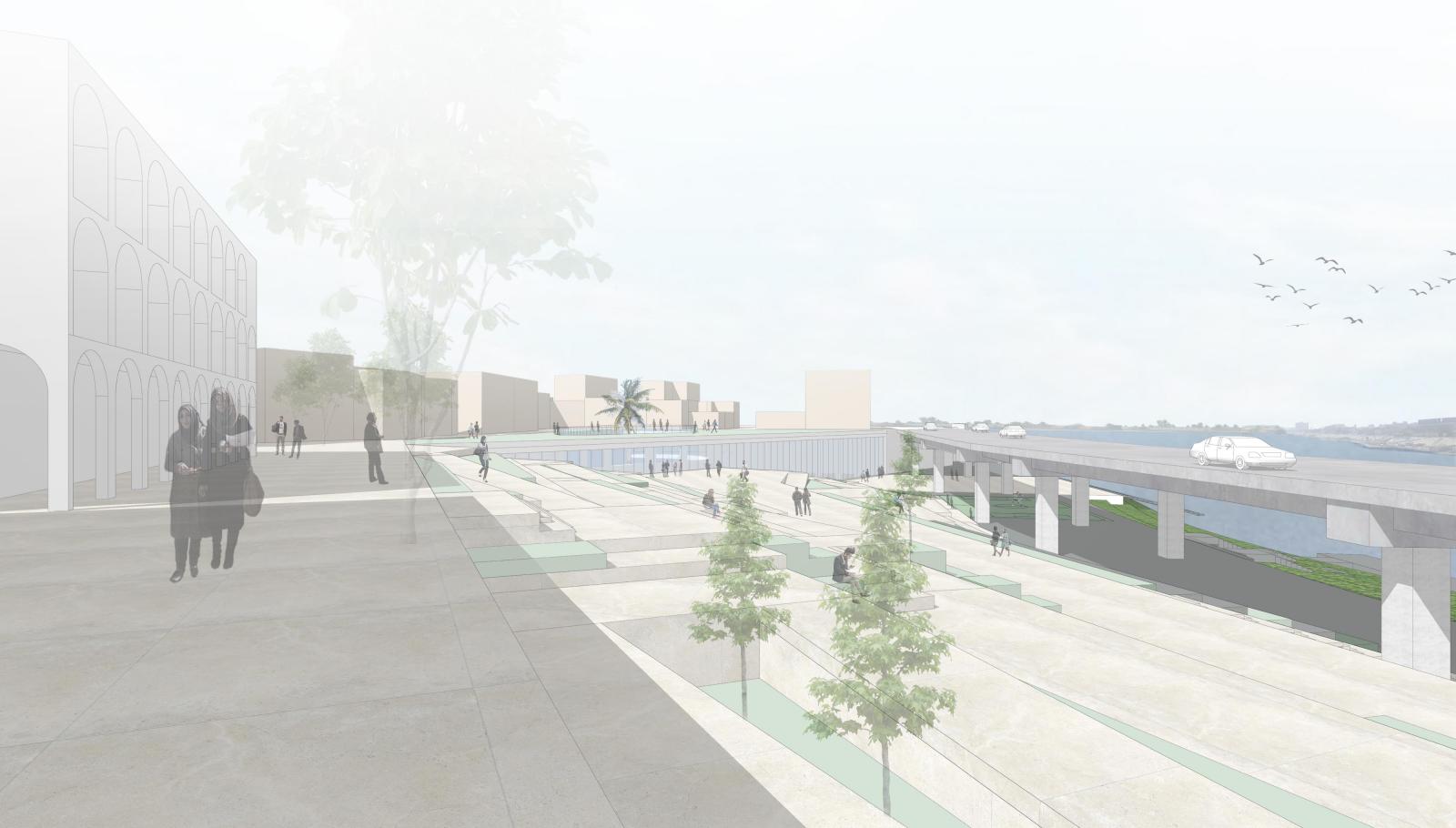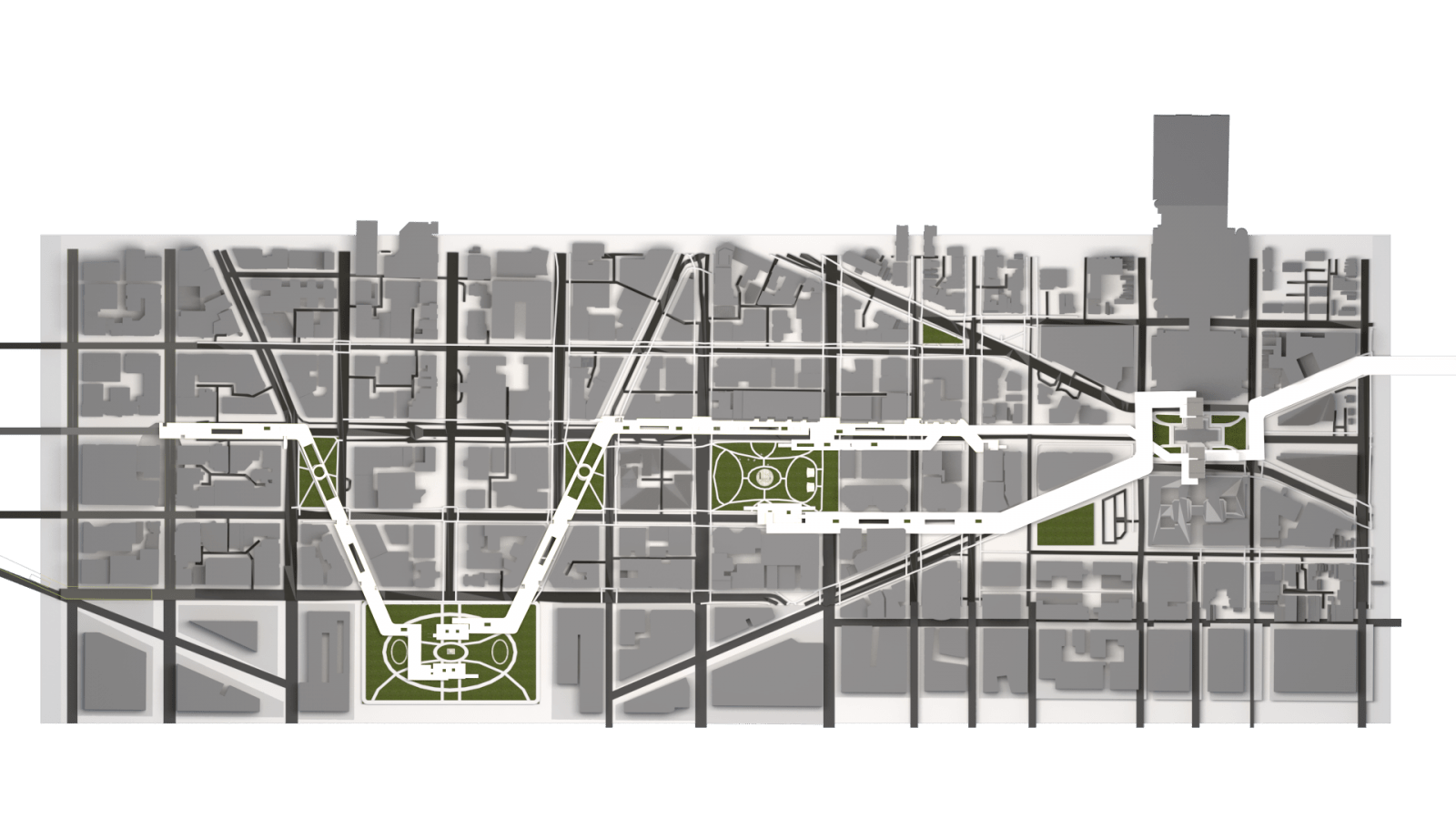Bridging the Gap, a collaborative, cross-continental design studio between the University of Maryland School of Architecture, Planning and Preservation and Al-Nahrain University in Iraq, was awarded Architect Magazine’s 2019 Studio Prize.
Architect’s Studio Prize is awarded annually to a select number of university programs that demonstrate excellence in design education through studio courses that stress sustainability and “a capacity to improve society.” Established in 2015, six winners are selected each year from architecture schools across North America by a jury of leading practitioners and educators.
In 2016, with the support of Gensler’s Washington D.C. office, Professor of Architecture Madlen Simon, Assistant Professor Shaimaa Hameed Hussein of Al-Nahrain University and a group of professional advisors launched Bridging the Gap Studio, using the shared discipline of architecture to explore commonalities and counter misconceptions among two cultures nearly half a world apart. Connecting through social media and web conferencing, students from both universities collaborate through design exercises that bridge culture and distance, exploring urban challenges in each other’s built environment. The studio, which will reconvene for its fourth year in 2020, was recognized by the university’s Global Classrooms Initiative in 2017.
Last spring’s studio directed 11 Maryland students to investigate interventions for Baghdad’s Karrada District, a bustling nighttime spot targeted in multiple terrorist attacks. The students proposed public outdoor spaces that connect Karrada’s main commercial thoroughfare to the nearby Tigris River and introduce cultural amenities, such as an art-focused design center that underscores the area’s history. Students from Al-Nahrain introduced new development with novel architectural interventions, adding residential density and pedestrian bridges, to enhance Washington’s K Street Corridor, a commercial street that suffers from congestion during the day but is desolate at night.
While the challenge of “swapping cities” for a semester offers students a new perspective on global design challenges, the most notable element of the studio is the connection it creates between two seemingly different worlds, and how that translates into more thoughtful design responses through deepened cultural understanding.
“The idea that a studio would cross these cultural barriers, and the fact that architecture could be a way to help cross-cultural understandings between two countries that have been at odds with each other, is amazing,” said juror Thomas Fisher, Associate AIA, director of the Minnesota Design Center in Minneapolis, to Architect.
What makes Bridging the Gap innovative goes beyond cultural and global understanding, by providing virtual educational mobility to students who lack opportunity to study in one another’s countries. This proved particularly important for the Iraqi students who lack mobility and have no international students studying in their university. During the first year of the studio it became apparent to both faculty that the Iraqi students’ visual communication fell short of the global standard familiar to American students.
“Early on, the Iraqi students’ design presentations lacked clear order and a hierarchy of information, making it difficult for them to communicate their key ideas,” said Simon. “It became clear that the students were missing the graphic design education that our students were afforded—something I had taken very much for granted.”
Simon, Hussein and their colleagues at Gensler were awarded a grant from IREX in 2017 that funded a summer design workshop for four Iraqi faculty in College Park, teaching them graphic design techniques that they could take back to their students. The results were immediate.
“We saw an enormous difference the next year,” says Simon. “The students’ newfound skills significantly enhanced their design communications. This shared visual language between the two student groups has become a vehicle for person-to-person diplomacy, leading to a deeper understanding of people and place. The studio prepares students on both sides of the world for the type of global practice that characterizes the work of international firms like Gensler.”
According to Simon, the Studio Prize is a validation of several years of hard work. Iraqi and American students are now working together to design at a level recognized as one of the top six studios in North America. “We are proud that this unique educational collaboration has been noticed, and proud of the achievements of our graduate students who rose to the challenge of the cross-cultural collaboration.”
-By Maggie Haslam





